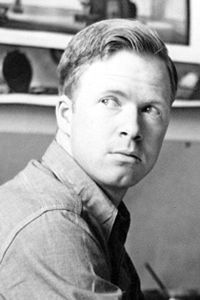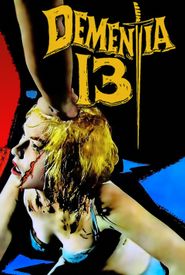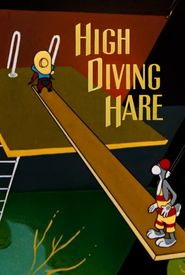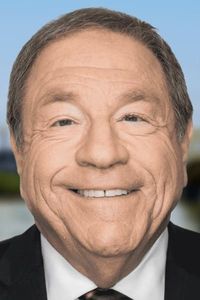Julian, a renowned background artist, began his career as a respected muralist in Southern California. As a prodigy in arts, he graduated from the prestigious Chouinard Art Institute in Pasadena. Julian's reputation grew after winning first prize at the California State Fair, where he showcased his paintings on maritime themes. He further solidified his reputation through a series of murals under the Work Projects Administration, funded by the New Deal.
In October 1939, Julian landed a job at Leon Schlesinger's animation studio, "Termite Terrace", in Los Angeles. He worked primarily with Friz Freleng's unit, creating colourful, modernist city-scape paintings for Sylvester & Tweety cartoons, as well as Bugs Bunny and Daffy Duck shorts. Julian's work on classic episodes such as Racketeer Rabbit (1946),I Taw a Putty Tat (1948),Buccaneer Bunny (1948),Bad Ol' Putty Tat (1949),Golden Yeggs (1950),Bunker Hill Bunny (1950),and Ballot Box Bunny (1951) are instantly familiar.
Julian was known for carrying bulky paintings through narrow studio passageways or across sound stages, warning people to stay out of his path by shouting "hmeep-hmeep", a habit that was famously adopted by the writer Michael Maltese as the trademark noise made by the Road Runner character. Julian recorded the sound at various speeds during a single audio session, which became a distinctive feature of the character. As he was not affiliated with the Screen Actor's Guild, he did not receive screen credit.
In 1951, Julian joined United Productions of America (UPA),where he worked on a variety of projects, including military training films, educational or commercial projects, and 'Mr. Magoo' cartoons. The following decade saw him at Hanna-Barbera Productions as a background painter and graphic designer, notably on The Herculoids (1967). Julian's artistry continued to enliven regular Bugs Bunny/Road Runner specials until the mid-1980s. He was also credited as full art director on the classic animated feature Charlotte's Web (1973).






































